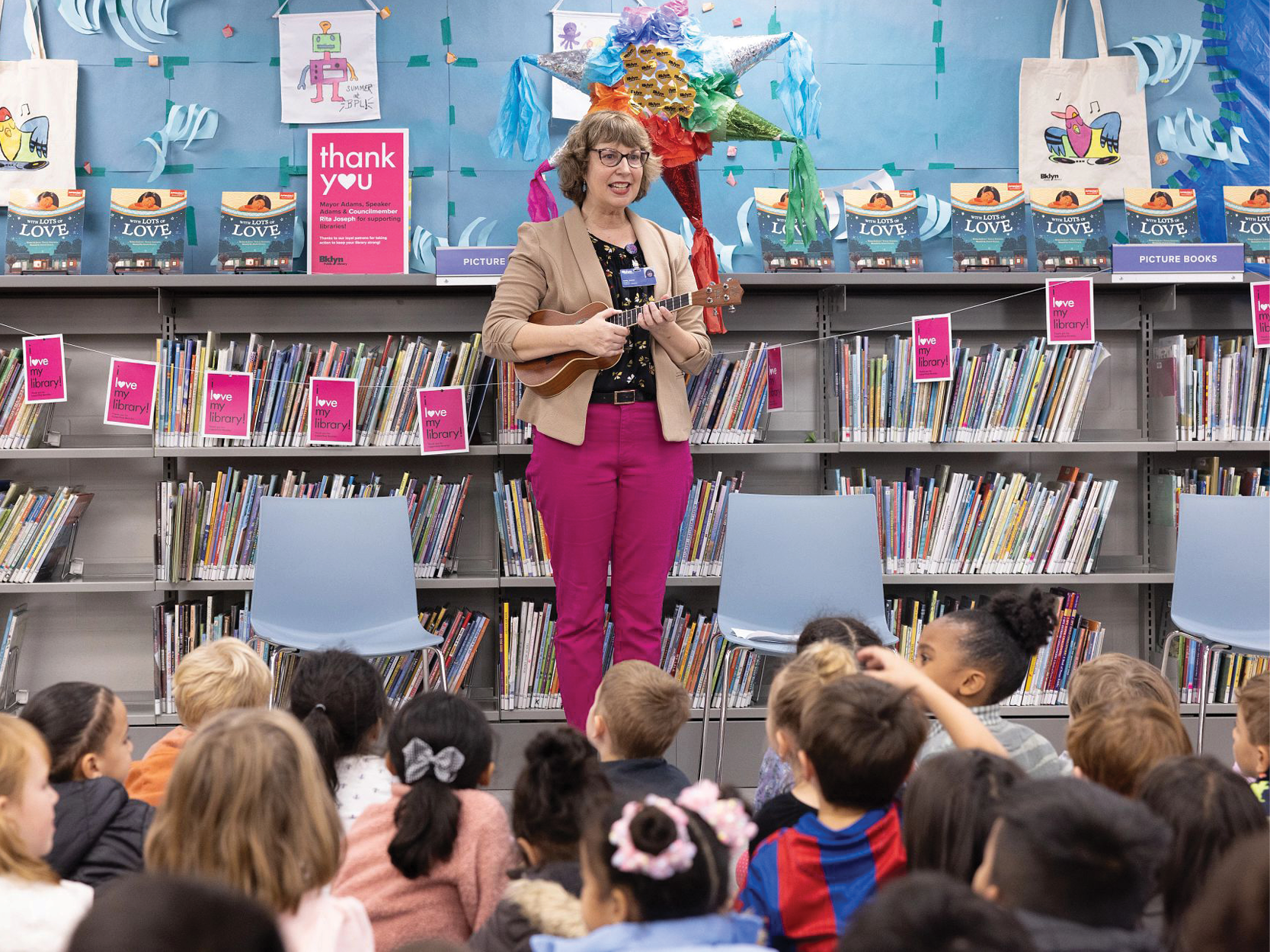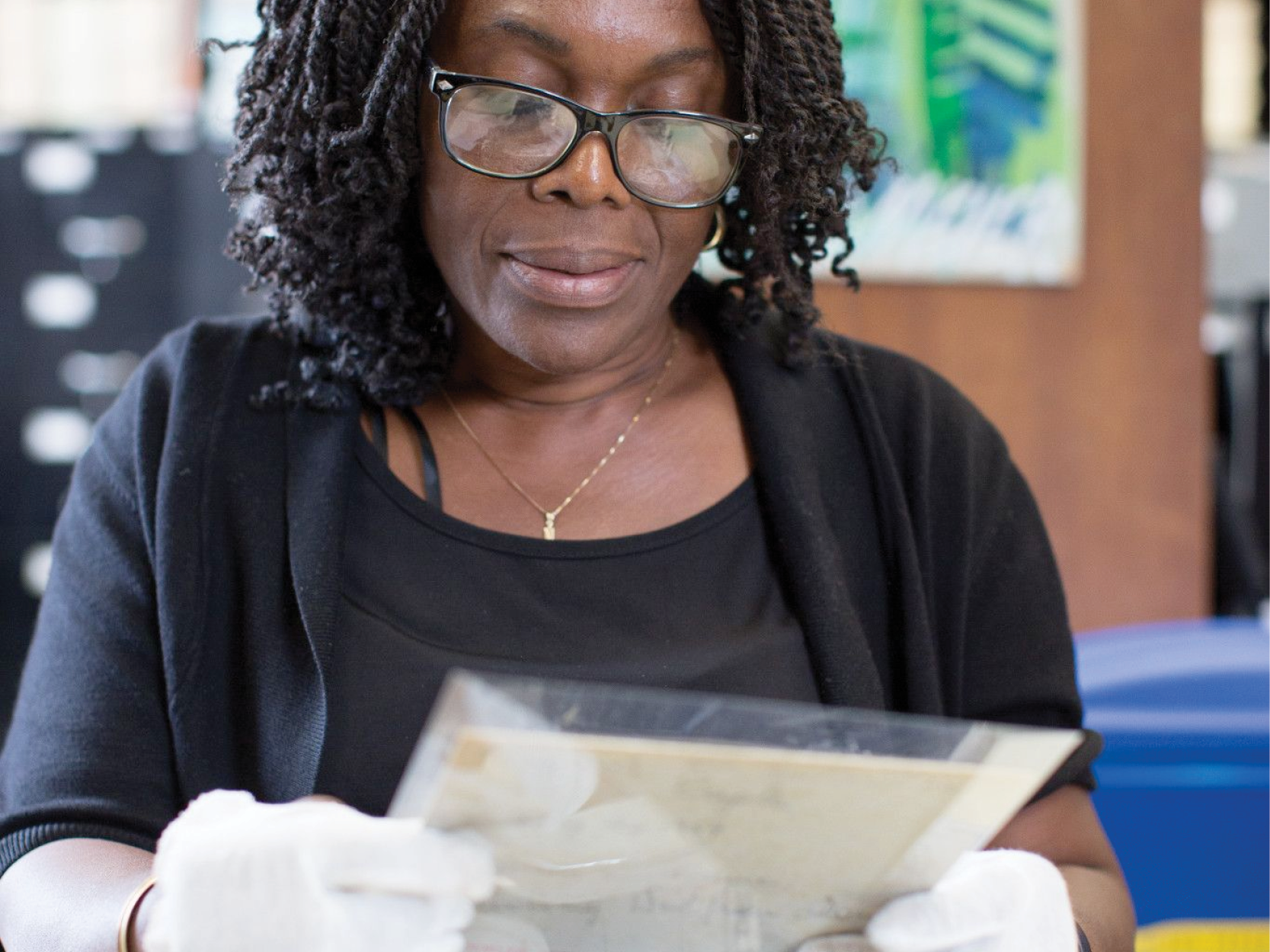Brooklyn Connections is the education outreach program in the Brooklyn Collection, focused on cultivating 21st Century learning skills in students and supporting teachers on the incorporation of archives materials into curricula.
This blog post is part of a series from the Brooklyn Connections team, sharing skills and ideas for using archives primary source material in the classroom. As part of our work, we create freely available Primary Source Packets to help students and teachers access primary source material from the Brooklyn Collection about local history topics.
As summer slides towards back-to-school and changing seasons inevitably limit the amount of time spent outdoors, studying the history of environmentalism in Brooklyn gives a great excuse to not only think about local parks, waterways, and other natural resources, but to get outside as we explore ways we can keep our environment clean.
Environmentalism is “a movement for consideration of the natural environment's value when determining social and economic policy. The environmental movement in the United States began in the 1960s and gathered strength in the 1970s, when interest grew in curbing the effects of industry and agricultural practices on the environment.”[1]
How can we use primary source documents to study the history of environmentalism in Brooklyn? One type of document that gives us a clear view of changes in our natural environment is maps. By examining the following two maps, we can look at changes in waterways, greenery, and even mountains to understand how changing urban and industrial landscapes impacted the natural environment:


After spotting the differences between these maps, we need to branch out to other types of primary sources to understand what caused these changes. We can find evidence of this by going to local newspapers:


While primary sources help us understand the ways that people and our development of urban spaces has impacted the natural world, we can also look to them for an understanding of how humans have tried to limit and reverse environmental harm. Newtown Creek residents lobbied government officials until they came to visit Newtown Creek, already an environmental disaster site in the 1930s:

In the 1950s, Brooklyn’s Sanitation Department was launching campaigns to clean up city streets and limit human impact on our neighborhoods:
![Left: [Garbage cans on sidewalk.] 1915. Brooklyn Daily Eagle photographs, Brooklyn Public Library, Brooklyn Collection. Right: [Sanitation wagon and sign.] 1915. Brooklyn Daily Eagle photographs, Brooklyn Public Library, Brooklyn Collection.](https://static.bklynlibrary.org/prod/public/images/brooklyncollection/connections/image%206%20sanitation%20department.JPG)
More recent additions to the Brooklyn Collection provide a look at how residents are drawing attention to environmental issues in our community today. Just as we looked at historic maps to understand the environmental impact of Brooklyn’s development and growth, so too did Greenpoint and Williamsburg residents understand the power of mapping to communicate about current environmental problems, as depicted on the 1992 Our Town map by the Cartography Club of Williamsburg-Greenpoint:

And, we can find primary sources from our present moment that show creative tactics for students to have a voice about environmental issues in Brooklyn. Looking at primary sources like this provides a terrific opportunity for a lesson on finding primary sources online. Here’s a great example of what we’ll find:

Primary sources are a terrific tool for looking a social issues because they can help us understand impact, root causes, and potential solutions. Looking at the big picture by putting all these pieces together can help students feel empowered to make change in their own communities, as they realize the ways that others have taken action before them.
To explore these and other related primary sources, check out our Environmentalism in Brooklyn Primary Source Packet, as well as other primary source packets on our Resources page.
[1] "Environmentalism." Gale Encyclopedia of U.S. Economic History, edited by Thomas Riggs, 2nd ed., vol. 1, Gale, 2015, pp. 389-390.
This blog post reflects the opinions of the author and does not necessarily represent the views of Brooklyn Public Library.
Post a Comment
While BPL encourages an open forum, posts and comments are moderated by library staff. BPL reserves the right, within its sole discretion, not to post and to remove submissions or comments that are unlawful or violate this policy. While comments will not be edited by BPL personnel, a comment may be deleted if it violates our comment policy.
eNews Signup
Get the latest updates from BPL and be the first to know about new programs, author talks, exciting events and opportunities to support your local library.







